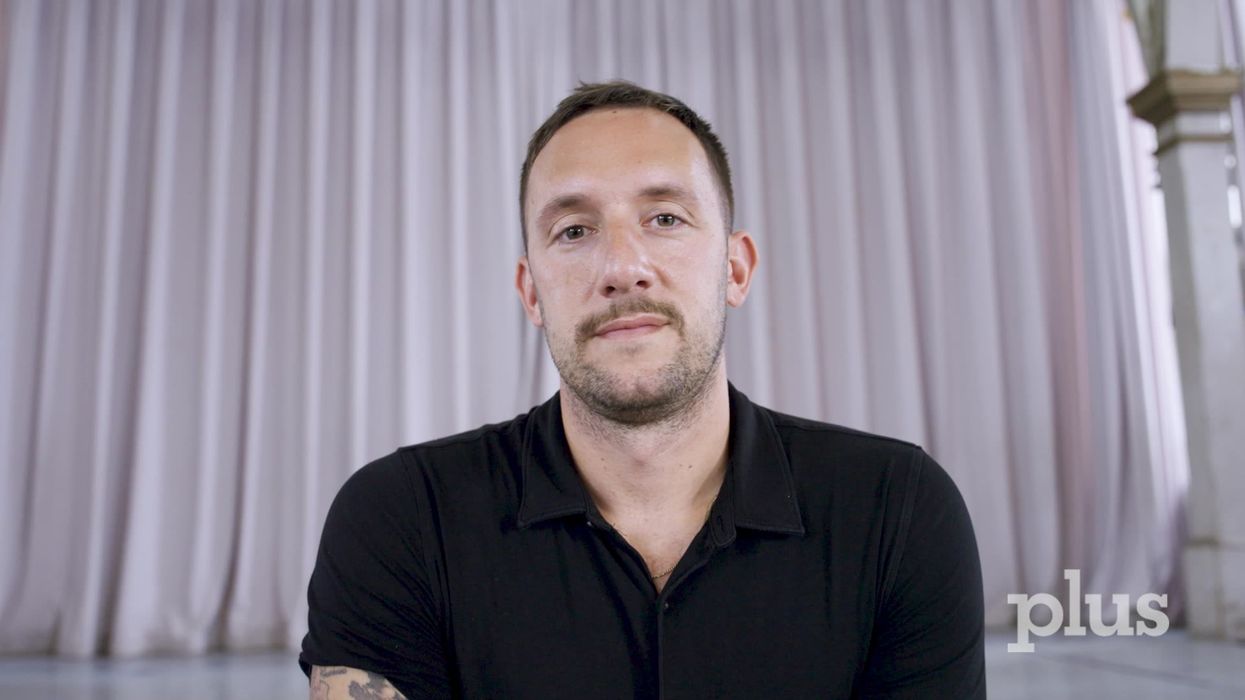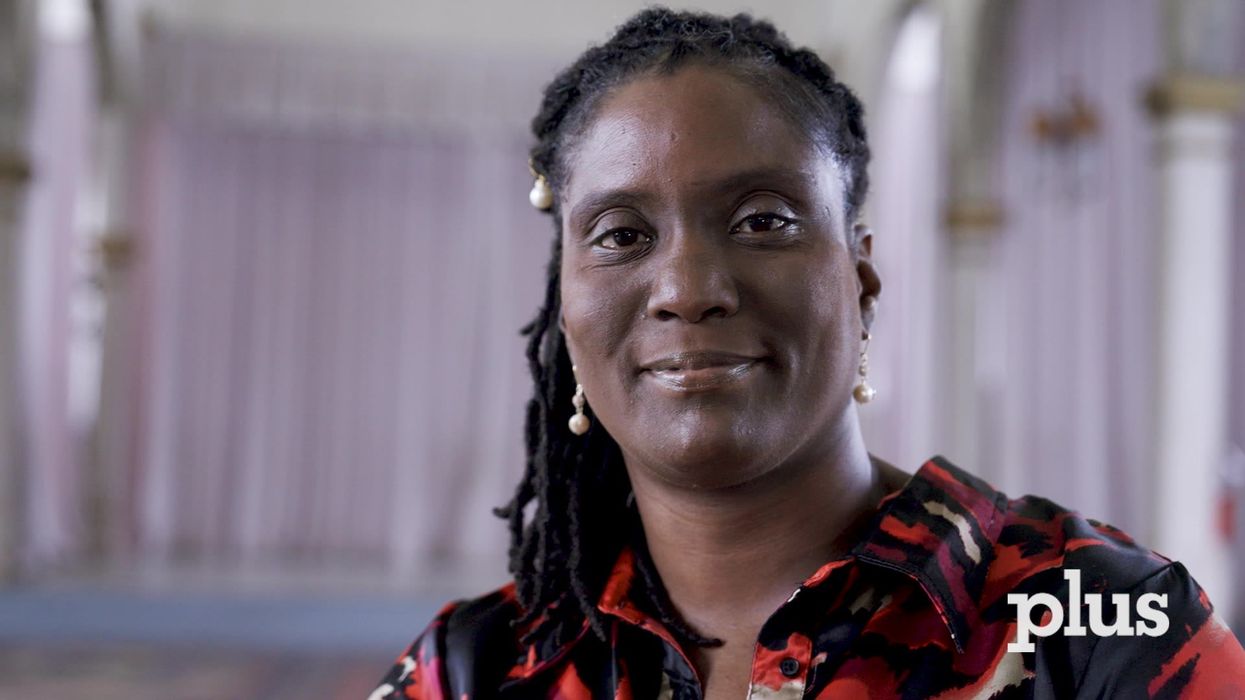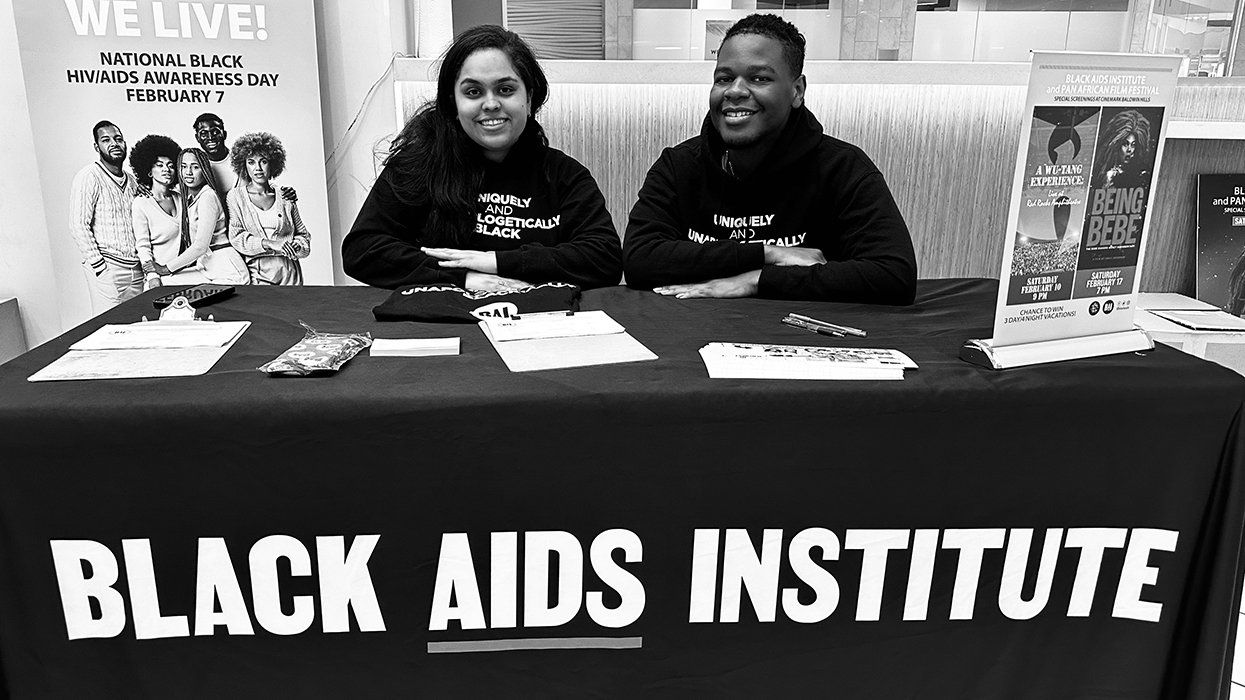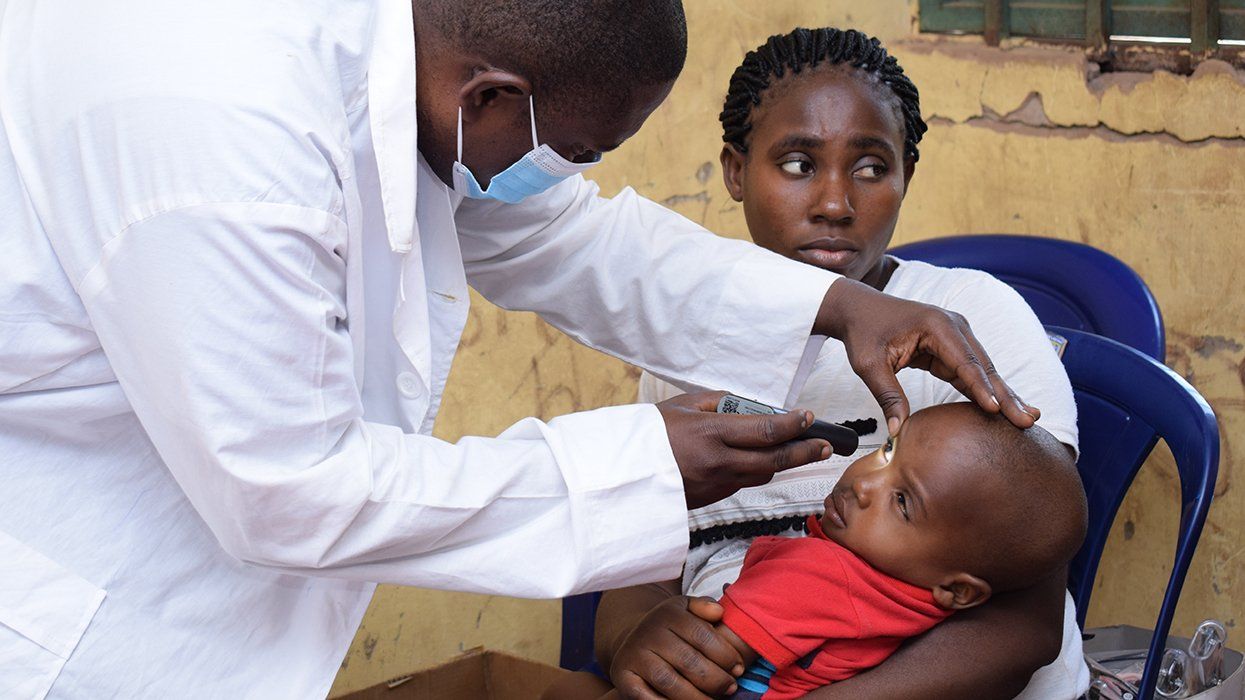February 01 2010 12:00 AM EST
Treatment GuideJust DiagnosedSex & DatingAfrican AmericanStigmaAsk the HIV DocPrEP En EspañolNewsVoicesPrint IssueVideoOut 100
CONTACTCAREER OPPORTUNITIESADVERTISE WITH USPRIVACY POLICYPRIVACY PREFERENCESTERMS OF USELEGAL NOTICE
© 2025 Pride Publishing Inc.
All Rights reserved
All Rights reserved
By continuing to use our site, you agree to our Privacy Policy and Terms of Use.
A new Institute of Medicine report calls for a major public-health push against hepatitis B and C, two liver diseases that together infect three to five times more Americans than HIV.
[ WELLNESS WEDNESDAY ]
Over the next decade, 150,000 people in the United States will die of either hepatitis B or C, according to the report. Though some patients fight them off, the viruses become chronic and incurable in 3.5 million to 5.3 million Americans, IOM estimates. Hepatitis B and C necessitate nearly half the liver transplants performed each year, and the infections disproportionately affect minorities, including blacks, Asians, and Pacific Islanders.IOM's recommendations include:
>Boosting public awareness. People at greatest risk for hepatitis B include those born in parts of Asia and Africa where the disease in endemic, infants born to infected mothers, sexual partners of infected persons, and injecting drug users. Those at highest risk of hepatitis C include current and former IDUs as well as people who received a blood transfusion prior to 1992, when screening for the virus became available.
>Improving uptake of hepatitis B vaccine. Three states -- Alabama, Montana, and South Dakota -- do not require hepatitis B vaccination for children entering daycare or school. Vaccinating at-risk newborns against the virus in the delivery room, instead of the current practice of within 12 hours of birth, may give additional protection.
>Ramping up research into a vaccine against hepatitis C; currently, none exists. >Enhancing health services for hepatitis B and C patients and improving screening of those at risk, with special attention paid to stigma. Immigrants from countries where discrimination against infected persons is widespread -- China, for example -- may be especially reluctant to seek testing.
From our Sponsors
Most Popular
“So much life to live”: Eric Nieves on thriving with HIV
September 03 2025 11:37 AM
The Talk: Beyond the exam room
August 13 2025 3:15 PM
Thanks to U=U, HIV-positive people can live long, happy, healthy lives
July 25 2025 2:37 PM
BREAKING: Supreme Court rules to save free access to preventive care, including PrEP
June 27 2025 10:32 AM
Messenger RNA could be the key to an HIV vaccine — but government cuts pose a threat
August 20 2025 8:02 AM
“I felt like a butterfly”: Niko Flowers on reclaiming life with HIV
July 23 2025 12:22 PM
Dancer. Healer. Survivor. DéShaun Armbrister is all of the above
July 02 2025 8:23 PM
The Talk: Starting the conversation
July 25 2025 4:47 PM
The lab coat just got queer
August 21 2025 10:00 AM
Plus: Featured Video
Latest Stories
HIV-positive men stage 'Kiss-In' protest at U.S.-Mexico border
December 01 2025 12:56 PM
What the AIDS crisis stole from Black gay men
December 01 2025 6:00 AM
Amazing People of 2025: Javier Muñoz
October 17 2025 7:35 PM
It’s National PrEP Day! Learn the latest about HIV prevention
October 10 2025 9:00 AM
“I am the steward of my ship”: John Gibson rewrites his HIV narrative
September 16 2025 2:56 PM
The Talk: Owning your voice
August 25 2025 8:16 PM
The Talk: Navigating your treatment
August 01 2025 6:02 PM
How the Black AIDS Institute continues to fill in the gaps
July 25 2025 1:06 PM
1985: the year the AIDS crisis finally broke through the silence
June 26 2025 11:24 AM
VIDEO: A man living with HIV discusses his journey to fatherhood
June 10 2025 4:58 PM
Trump admin guts $258 million in funding for HIV vaccine research
June 03 2025 3:47 PM
Grindr is reminding us why jockstraps are so sexy and iconic
May 02 2025 5:36 PM
HRC holds 'die-in' to protest Trump health care cuts
April 28 2025 2:11 PM
Two right-wing Supreme Court justices signal they may uphold access to PrEP and more
April 21 2025 4:10 PM
500,000 Children at Risk: PEPFAR Funding Crisis
April 08 2025 3:51 PM
Broadway's best raise over $1 million for LGBTQ+ and HIV causes
April 03 2025 7:15 PM
The Talk Season 5 premieres this spring with HIV guidance for the newly diagnosed
March 26 2025 1:00 PM







































































